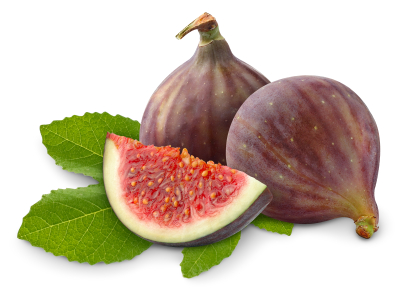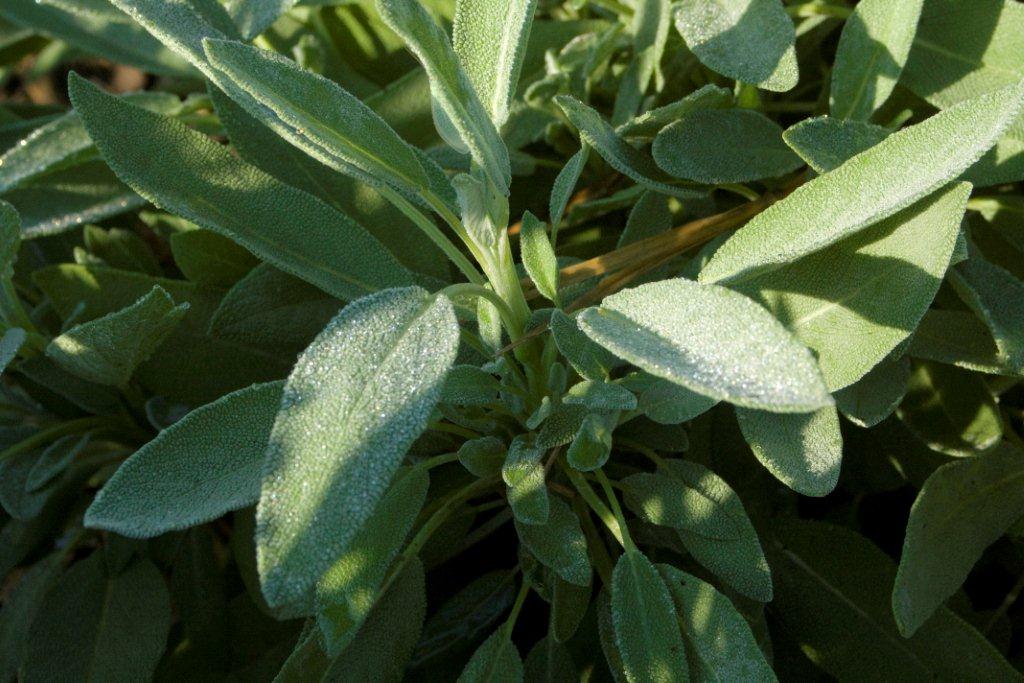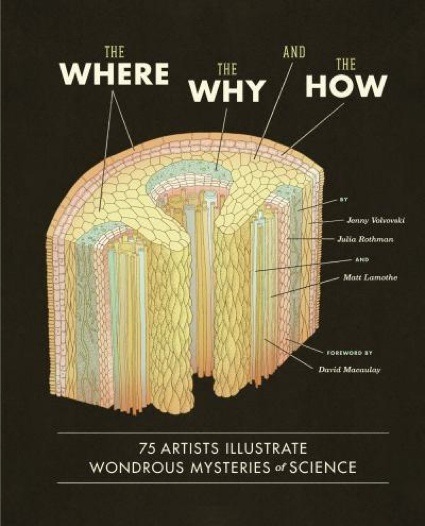 When I first learned that I had won a copy of The Where, The Why and The How in the book lottery at ScienceOnline 2013, I couldn’t believe my luck. I never win anything, at least not anything that I actually want. And I wanted a copy of this book.
When I first learned that I had won a copy of The Where, The Why and The How in the book lottery at ScienceOnline 2013, I couldn’t believe my luck. I never win anything, at least not anything that I actually want. And I wanted a copy of this book.
The book is beautiful to hold. The linen binding is beautiful, reminiscent of bygone days when book binding was a practiced art. The paper is thick and smooth, a tactile pleasure as you turn each page; the pages themselves sound substantial as you flip through the book. Even the smell of the book is delightful—bringing to mind the stacks of old books filling a great library, even though what you hold in your hand is a new work. The science paisley inside covers of the book are a delight to look at, comprising various science icons intricately woven into an astounding tapestry.
I was expectant when I opened the book for the first chance for a serious read. Continue reading “The Where, The Why and The How: A science writer and a graphic designer have a conversation”
 Stainless steel is often used in clinical and public settings as work surfaces as well as other surfaces that are touched and cleaned often. Stainless steel is used in these applications for many of the same reasons I like it for jewelry: it is strong, resilient, relatively inexpensive, stain- and corrosion-resistant and will weather regular cleaning/exposure to moisture well. There is something about a gleaming stainless steel work surface that looks, well, sterile. But is it?
Stainless steel is often used in clinical and public settings as work surfaces as well as other surfaces that are touched and cleaned often. Stainless steel is used in these applications for many of the same reasons I like it for jewelry: it is strong, resilient, relatively inexpensive, stain- and corrosion-resistant and will weather regular cleaning/exposure to moisture well. There is something about a gleaming stainless steel work surface that looks, well, sterile. But is it? 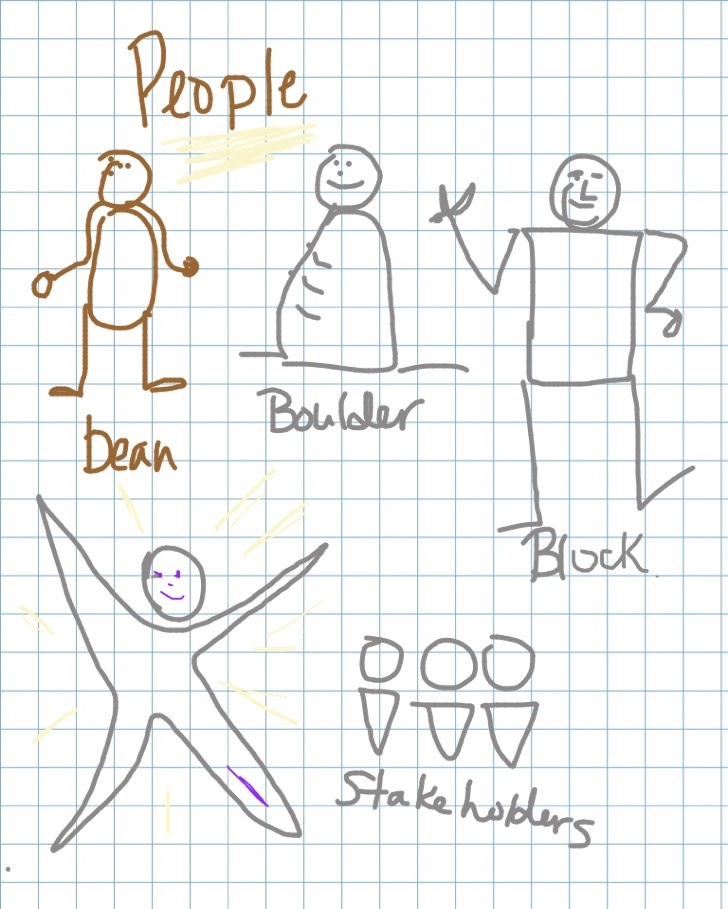
 It is winter in Wisconsin, and it has arrived with a blizzardy vengeance. My family and I are snowed in for the second day, and as I write this I am trying not to think of the twelve plus inches of snow that covers my driveway. I am afraid to measure the height of the drifts.
It is winter in Wisconsin, and it has arrived with a blizzardy vengeance. My family and I are snowed in for the second day, and as I write this I am trying not to think of the twelve plus inches of snow that covers my driveway. I am afraid to measure the height of the drifts.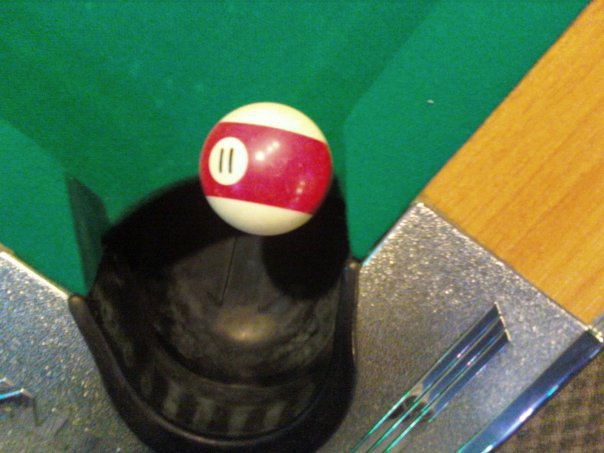
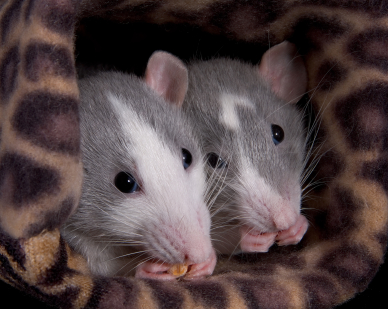 Imagine playing a simple game in a virtual-reality setting. You move an avatar around a room trying to entice your opponent’s avatar to move closer to you when you are in certain spot. Meanwhile, 12 km away, cameras track your opponent’s movements around an arena that also contains a robotic representation of you. The cameras are telling your opponent’s avatar where to move in your virtual reality setting based on where they move in their actual setting.
Imagine playing a simple game in a virtual-reality setting. You move an avatar around a room trying to entice your opponent’s avatar to move closer to you when you are in certain spot. Meanwhile, 12 km away, cameras track your opponent’s movements around an arena that also contains a robotic representation of you. The cameras are telling your opponent’s avatar where to move in your virtual reality setting based on where they move in their actual setting.